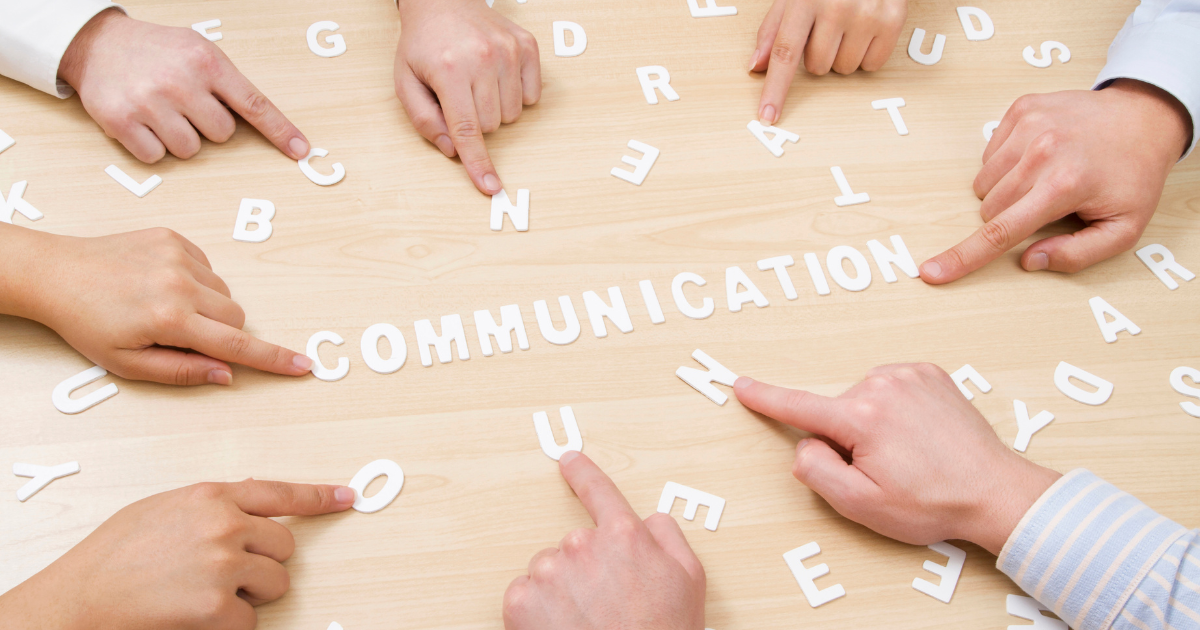In a world where communication is everywhere, from texts to emails to social media updates, it’s easy to feel overwhelmed and disconnected. Ironically, despite this constant chatter, meaningful connection often seems elusive. The reason? We’ve lost sight of the art of effective communication, a more crucial skill than ever in our noisy world.
So, how can we bridge this gap? How can we transform fleeting interactions into powerful connections? The answer lies in rediscovering the forgotten art of effective communication – a skill beyond mere information sharing. It’s about fostering understanding, building trust, and creating a space for genuine connection. Let’s dive into the intricacies of this art form and uncover ten strategies for connection.
Understanding the Dynamics
Effective communication is a symphony where various elements harmonize. It’s not just about sending information; it’s also about receiving, understanding, and reacting to it. Each participant in a communication exchange, including you, is like a musician in an orchestra, adding their unique notes to create a beautiful melody.
1. Become a Listening Maestro
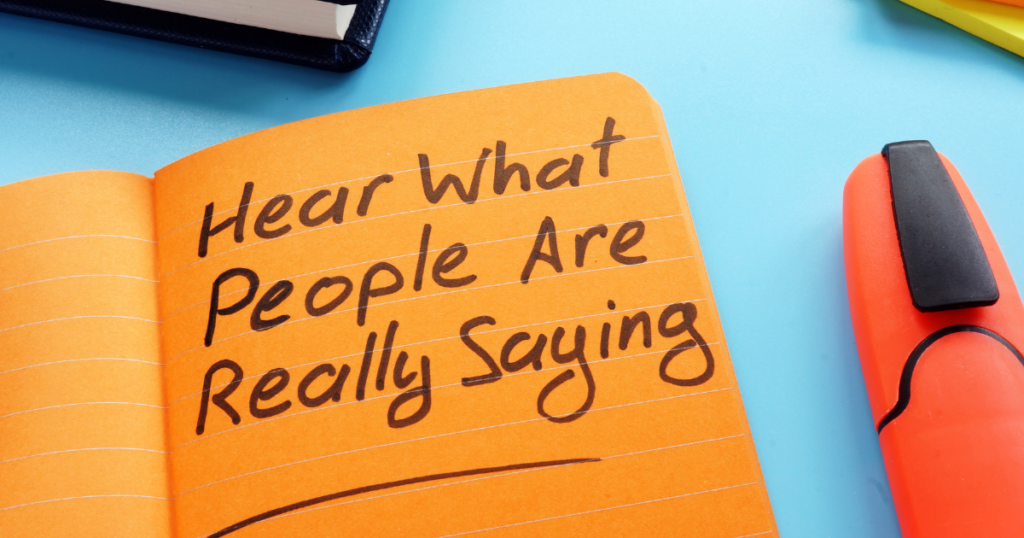
Active listening goes beyond simply waiting for your turn to speak. It involves giving your full attention, maintaining eye contact, and asking clarifying questions. Pay attention to verbal and nonverbal cues—the tone of voice, body language, and facial expressions. By active listening, you show respect, gain a deeper understanding, and pave the way for more meaningful interactions.
2. Embrace Curiosity, not Judgment
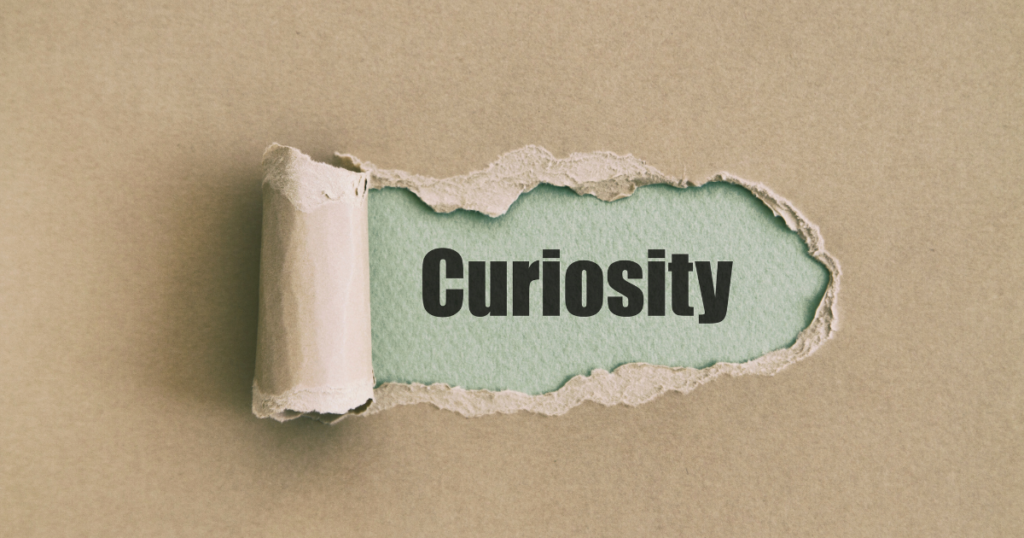
Approach conversations with sincere curiosity about the other person’s viewpoint. Instead of waiting for your turn to speak, try to understand their experiences, values, and motivations. This cultivates empathy and encourages open communication.
3. Tailor Your Message
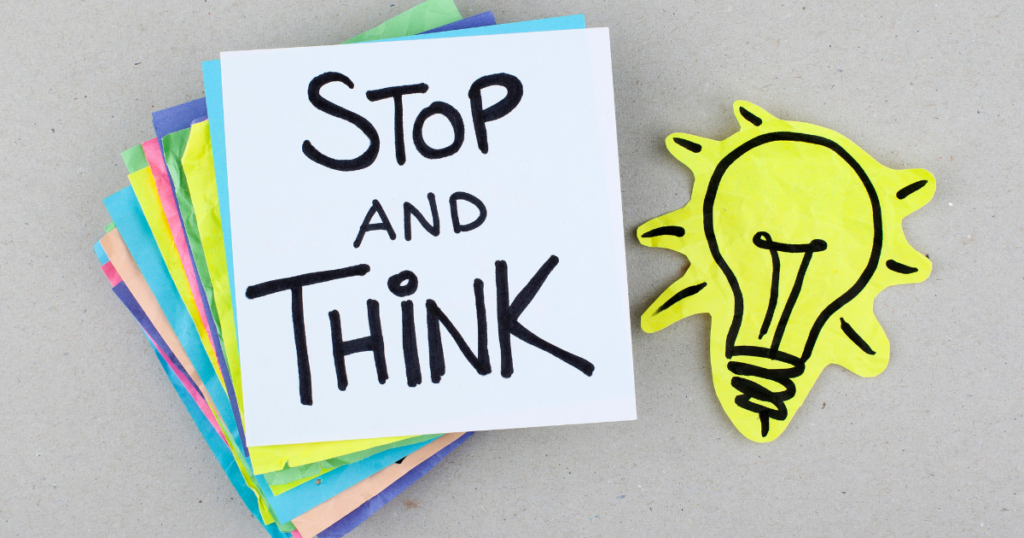
Think about your audience and adjust your communication style accordingly. Would a technical, jargon-filled email resonate with your grandma? Probably not. So, adapt your language, tone, and examples to match the person you’re communicating with. Remember, effective communication is about connecting with others, and using relatable language helps ensure your message is understood and appreciated.
4. Clarity is King (or Queen)

Before speaking, take a moment to collect your thoughts. Organize your message logically and convey it concisely. Avoid jargon and overly complex sentences, as they can confuse others. Tailor your language to your audience, and remember that even the most profound message loses its impact if it’s not easily understood.
5. Body Language Speaks Volumes

Communication encompasses more than just words. Your body language, facial expressions, and tone of voice are equally important. Keep good posture, make eye contact, and use gestures complimenting your words. A smile can ease tension, while furrowed brows might convey disapproval. Be mindful of the nonverbal messages you’re sending.
6. Embrace the Art of Empathy
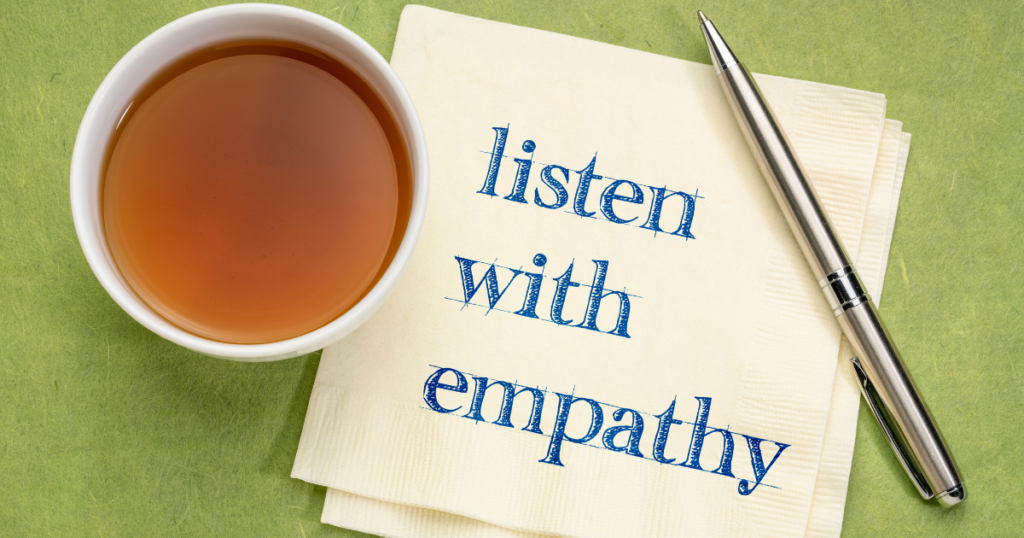
Step into the other person’s shoes. Try to understand their viewpoint, background, and the emotions that may influence their communication style. Empathy doesn’t mean agreeing; it means acknowledging their feelings and fostering an environment for honest conversation.
7. The Magic of “I” Statements

When expressing your needs and frustrations, using “I” statements helps to take ownership of your feelings without assigning blame. For example, instead of saying, “You always interrupt me!” try, “I feel unheard when we talk. Can we take turns listening?” This method promotes empathy and encourages a collaborative conversation.
8. Find Common Ground
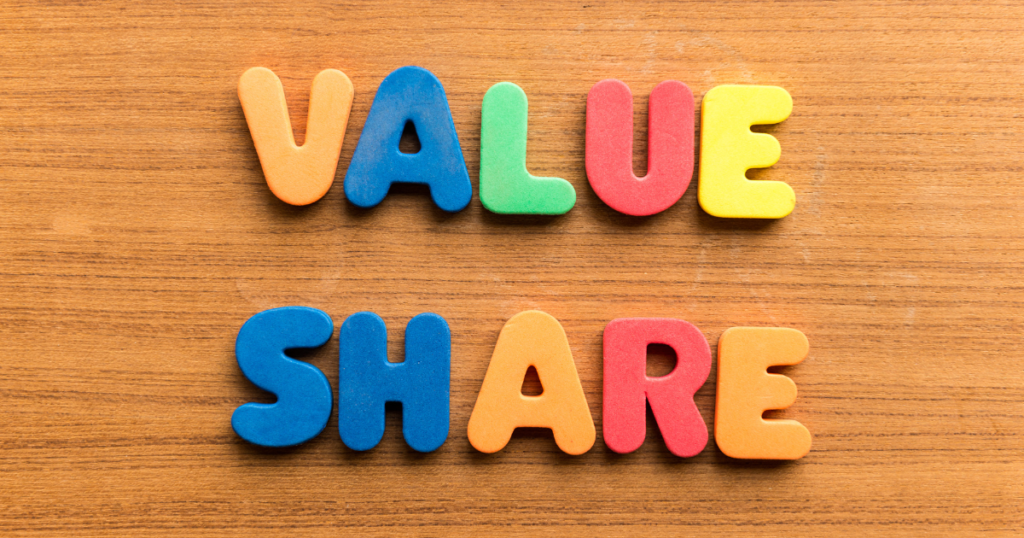
Even in seemingly tough conversations, there’s often common ground to be found. Look for shared values, interests, or goals. By highlighting these similarities, you can build trust and set a more positive foundation for communication.
Explore more captivating articles and inspiring stories.
9. Recognize the strength in silence
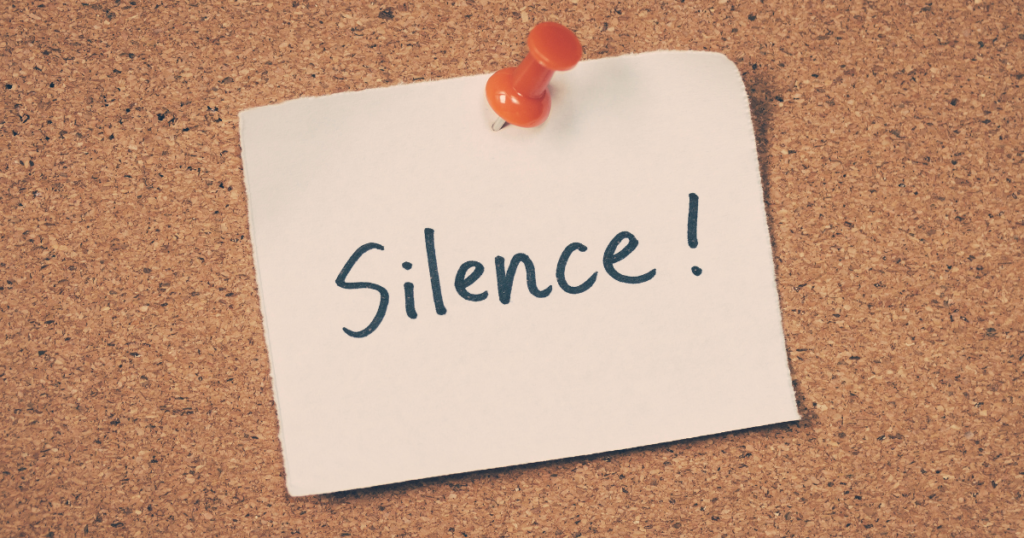
Silence isn’t always awkward. It can serve as a powerful tool, giving weight to your words and providing room for the other person to process or respond thoughtfully. Don’t feel pressured to fill every quiet space with chatter.
10. The Power of Mirroring

Mirroring certain aspects of the other person’s communication style can foster rapport and establish a connection. This doesn’t mean mimicking them completely but somewhat subtly mirroring their posture, tone, or speech patterns. However, it’s essential to avoid overdoing it, as it can seem disingenuous.
11. The Art of Appreciation

A genuine compliment or a heartfelt expression of gratitude can go a long way. Acknowledge the other person’s contributions, ideas, or perspectives. This positive reinforcement cultivates respect and fosters an environment of openness and collaboration. And remember, a little appreciation can brighten anyone’s day.
12. Be Present, Be You

Authentic communication is vital to building trust and connection. Be present, listen attentively, and express yourself genuinely. People connect with genuine personalities, so don’t hesitate to let your true self shine!
Closure
Effective communication is an art form that constantly evolves and requires practice. Mastering these connection strategies can transform your interactions from brief exchanges to meaningful connections. Always remember that communication is a gift – use it wisely to build bridges, foster understanding, and create a world where connection thrives.


